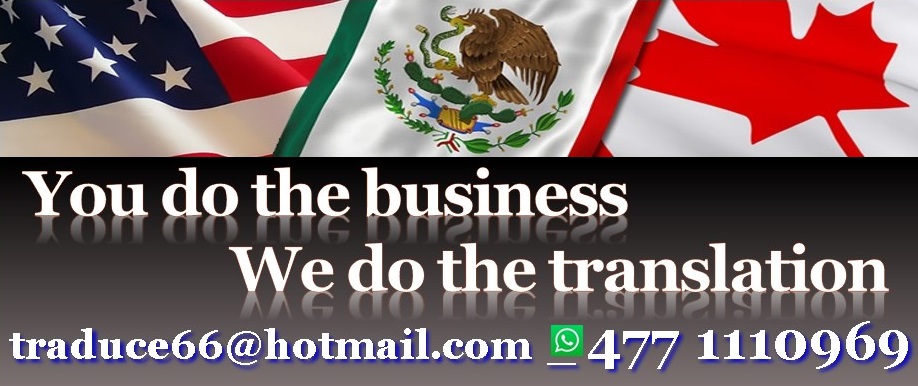APIMEX updates associates on the operations of foreign trade on the USMCA Lots of useful information is provided to members of APIMEX so that they
APIMEX updates associates on the operations of foreign trade on the USMCA
Lots of useful information is provided to members of APIMEX so that they can better use the new trade agreement
Leon/Gto News
As the USMCA came into effect, the origin certificate came to an end, and so, Mexico, Canada and the United States, can endorse the origin of merchandise with some comercial document that state that the merchandise has its origin in the area, that describes it and ensures that it abides to the necessary requisites.

Many possibilities
The exporter, the producer or the importer can issue this certification of origin, still, in the case of Mexico, the certification of origin by the importer will be within 3 years and six months after the treatycame into effect.
Changes like this, have come up starting since the past July 1st, as said by Roberto Serralde from the office Basham in the webinar “Impacts of USMCA in operations of foreign trade”, given as part of the activities of the Association of Industrial Supply Companies of Mexico, APIMEX, to keep its associates informed and updated in entrepreneurial and business topics.

Changes compared to NAFTA
During his video-conference, Serralde explained that compared to the NAFTA, the USMCA had some changes among them standards like: elimination of the certificate of origin, certificate in the invoice, implications of mistakes, maintaining accounting registry is mandatory and keep uniform rulings.
Also there were modifications on customs terms: 19 chapters were modified, 8 new chapters were included, while 7 chapters are unmodified.

Positive changes
For Roberto Serralde, what is positive in the USMCA is its modernization, and it includes the electronic commerce, it simplifies the customs operations and the process of certification, it promotes anti-corruption actions and transparency, it protects the copy rights, it adds a labor chapter that implies adjustments to secondary Mexican laws and which watches after the well being of workers, it includes a chapter on energy and eliminates the agricultural seasonality, all this, in order to promote the trade between the three countries.
Even if the trade agreement did not impact the dynamic of exchange between the three markets in the case of textile and shoe industries in this moment, it is expected that the companies must adopt changes to comply with the rules of origin and the customs laws.

The shoe sector
About shoes in specific, nothing was changed, this way, imports are maintained at rate 0 for supplies as well as the same rules are applied for exports.
If you want to check on the rates of the Law of General Taxes on Imports and Exports (TIGIE), Serralde recommends you visit www.snice.gob.mx and/or www.bado.mx, where you can also find the app Tarifa Empresarial.



COMMENTS